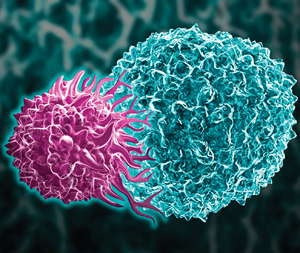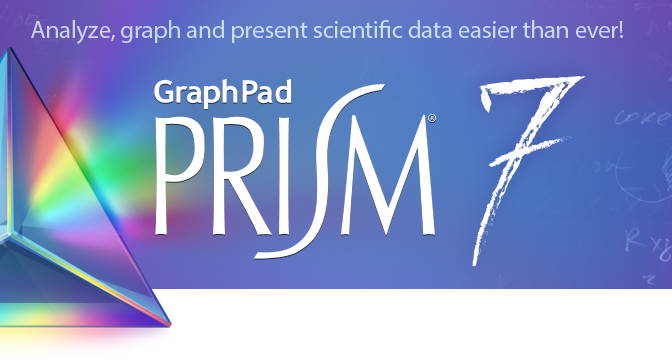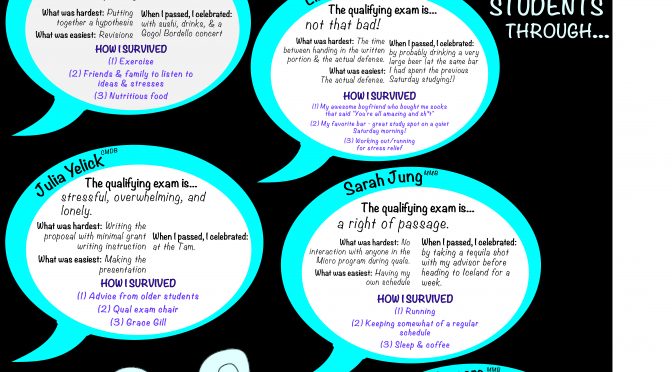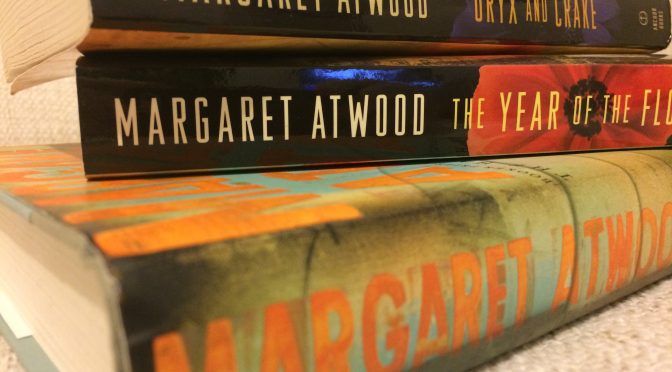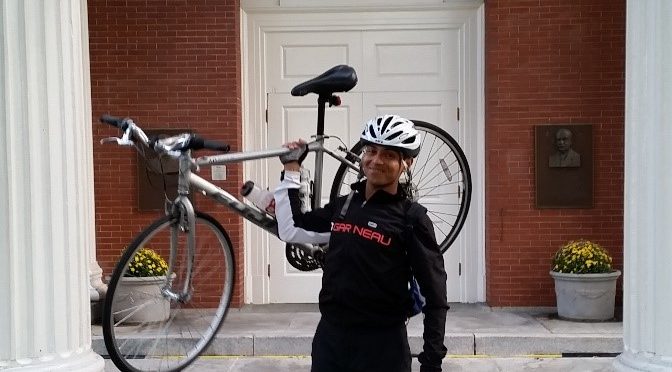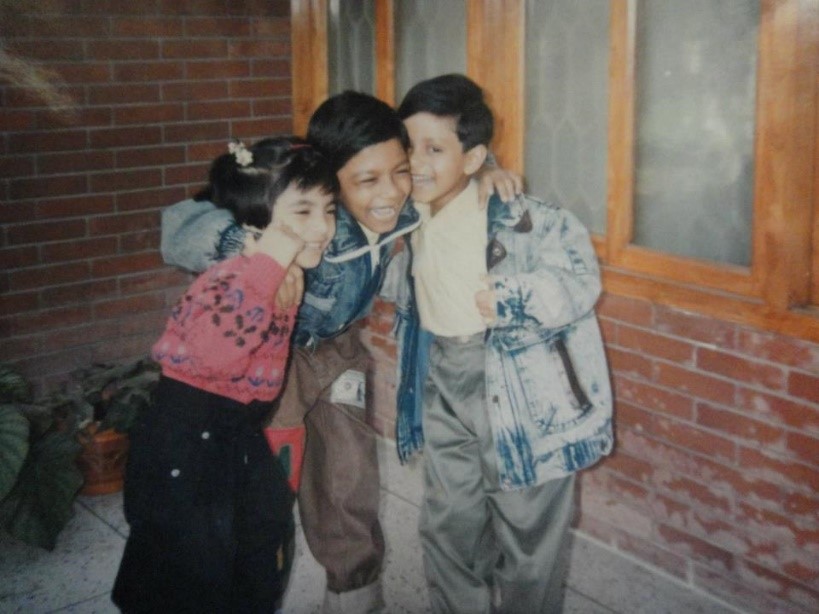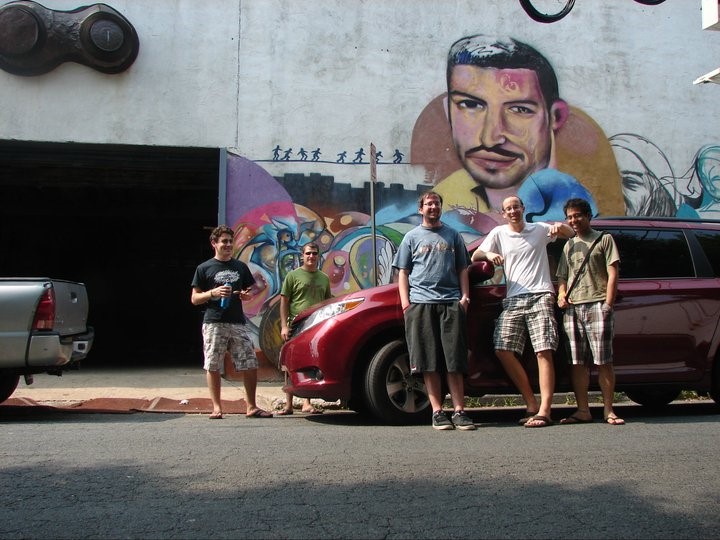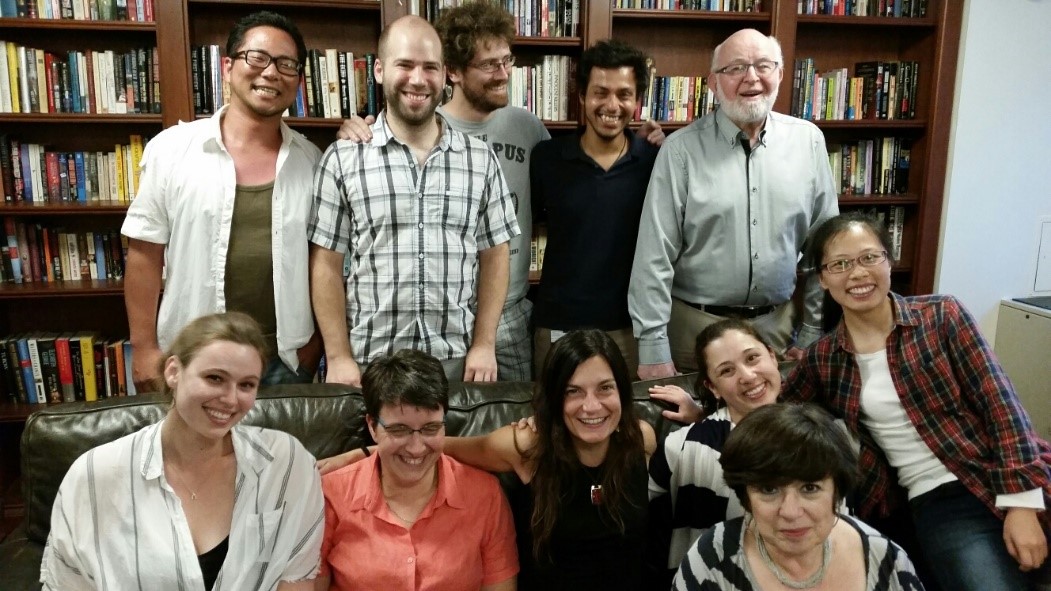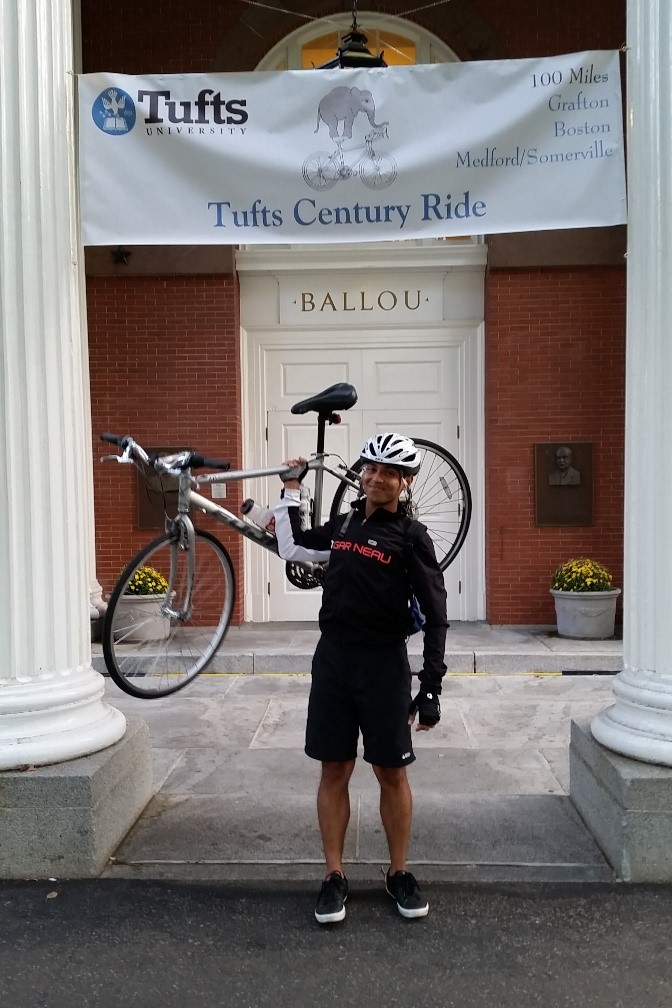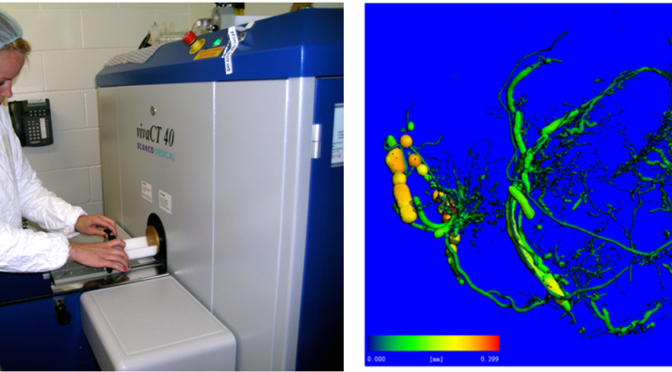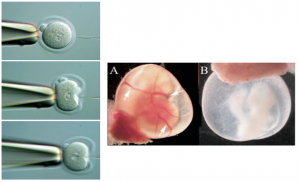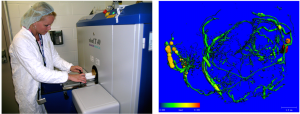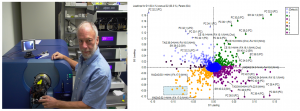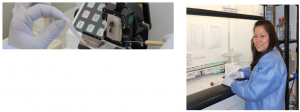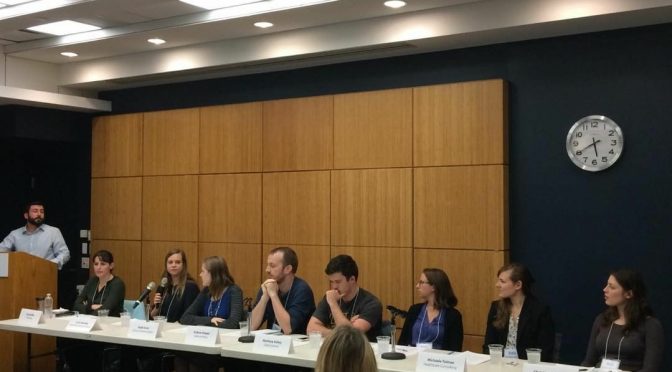Often touted as a “miracle therapy” for certain cancers, CAR-T treatment has created a lot of buzz in the immuno-oncology field. There are over a hundred CAR-T clinical trials open in the U.S. and the first commercial CAR-T could possibly be approved by the end of this year. Initially, the introduction of the therapy in 2012 had some warranted safety concerns. The technology is inherently aggressive and can become unruly if not it’s not properly monitored. For this reason, the first clinical trials of CAR-T created damaging side effects and in some cases the therapy was associated with patient deaths. However, therapy design has been revamped over the past five years and researchers are finding ways to dampen the level of toxicity the therapy produces. Despite the risks associated with CAR-T, clinical trials have shown to be effective at treating the targeted cancer. Recently, clinical trials have shown remission rates of up to 94% and as a result the therapy has attracted millions of dollars from investors. Although the technology is not perfect, there is optimism in the field that CAR-T can radically improve cancer patient care.
CAR-T treatment involves the infusion of transgenic T-cells that express a Chimeric Antigen Receptor (CAR) on their cell membrane into the patient. The most common procedure involves isolation of the patient’s own T-cells, which are then genetically modified and expanded in vitro. These transgenic T-cells are then infused back into the patient to specifically target tumor cells. The CAR-T receptor of the transgenic T-cell contains three domains: (1) a target-binding domain externally exposed to the extracellular environment, (2) a transmembrane domain, and (3) an activation domain that is intracellularly contained.
The target-binding domain is engineered to be structurally different than endogenous T-cell receptors because it recognizes antigens that are independent of major histocompatibility complex (MHC) antigens. Instead, CAR-T recognizes antigens that are either proteins, carbohydrates, or gangliosides on the tumor cell surface. The transmembrane and activation domains of the CAR-T receptor are responsible for activating and triggering T-cell proliferation when the receptor binds to its target antigen. When activated, the T-cells mediate killing of tumor cells by two mechanisms: (1) secretion of granzymes and (2) activation of death receptor signaling in the tumor cell. These killing strategies are potentiated by additional signaling receptors on the T-cells that can improve T-cell proliferation and cytokine release. As of now, research teams have designed third-generation CAR-Ts that contain costimulatory receptors that ameliorate antitumor activity and proinflammatory cytokine secretion.
The high success rate of CAR-T therapy in clinical trials has prompted several companies to compete for commercialization and introduction of the therapy into the market. At the moment, Novartis is leading in the race of clinical development and commercialization. In November, the company successfully completed Phase II trial of the CAR-T candidate for B-cell acute lymphoblastic leukemia (ALL). Novartis is currently preparing to submit applications to the FDA this year. Kite Pharma also recently completed their Phase II clinical trials for CAR-T therapy against lymphoma and has also submitted regulatory applications with the FDA. The progress made by these companies has created a great amount of excitement around their respective CAR-T therapies. However, some researchers are skeptical that FDA approval will be granted for the therapy. Severe side effects still exist and deaths have been reported in some clinical trials. Juno Therapeutics, a company that was initially in the stiff CAR-T race, terminated their clinical trial after 5 patients died of cerebral edema caused by the therapy. Some pharmaceuticals have taken steps to mitigate harmful CAR-T side effects. For example, Cellectis has developed a CAR-T therapy with a switch control system that only activates the transgenic T-cells when rampamycin is present. This therapy is currently in Phase I clinical trails and has already shown a lot of promise after saving two infants from leukemia. Similarly, Bellicum Pharmaceuticals is developing a technology that requires rimiducid to be present for CAR T-cell activation.
A technical limitation of CAR-T technology is that it is challenging for CAR T-cells to target solid tumors. At the moment, the therapy is most effective against hematological (blood) cancers but not solid tumors. To solve this problem, the biopharmaceutical Celyad is developing a CAR-T that expresses Natural Killer Receptors (NKR) that can bind ligands of solid tumors. The company is currently beginning clinical trials with these NKR-expressing CAR-Ts. Researchers have also suggested combining checkpoint inhibitor drugs such as PD-1 with CAR-T therapy as a multi-pronged method to attack solid tumors; however the side effects of this combination therapy are currently unknown.
From a patient’s point of view, another limitation of CAR-T therapy is that it is an expensive and lengthy process because CAR-Ts are developed from the patient’s own cells. Cellectis and Celyad are offering a solution to this problem by developing an allogeneic CAR-T therapy—that is, the T-cells are derived from a healthy donor and are immediately available when they are needed. This technology is still at its early stages and is scientifically challenging to develop since foreign donor T-cells can be readily attacked by the patient’s immune system. Additionally, the manufacturing, transportation, and banking of the allogenic CAR-T would also prove to be tricky.
The plethora of different CAR-Ts in clinical trials has given hope to patients and physicians that the therapy will be introduced to the market fairly soon. Although a few limitations exist for CAR-T, ongoing research and clinical development continues to refine the therapy and encourage the public that CAR-T has the potential to transform the immuno-oncology field.
References
- Yu et al. Journal of Hematology & Oncology(2017) 10:78
- Fernandez, C. (2017, January 16). A Cure for Cancer? How CAR-T Therapy is Revolutionizing Oncology. Retrieved from http://labiotech.eu/car-t-therapy-cancer-review/
- Harris, D. (2016, December 15). Opinion: Balancing Risks and Rewards of CAR T-Cell Therapy. Retrieved from https://www.the-scientist.com/news-opinion/opinion-balancing-risks-and-rewards-of-car-t-cell-therapy-32352
- Bock, E. (2016, November 18). CAR T-Cell Therapy Moves Closer to FDA Approval. Retrieved from https://nihrecord.nih.gov/newsletters/2016/11_18_2016/story1.htm
- Keshavan, M. (2016, August 23). Experimental cancer therapy holds great promise—but at great cost. Retrieved from https://www.statnews.com/2016/08/23/cancer-car-t-side-effects/
- Brower, V. (2015, April 1). The CAR T-Cell Race. Retrieved from http://www.the-scientist.com/?articles.view/articleNo/42462/title/The-CAR-T-Cell-Race/

